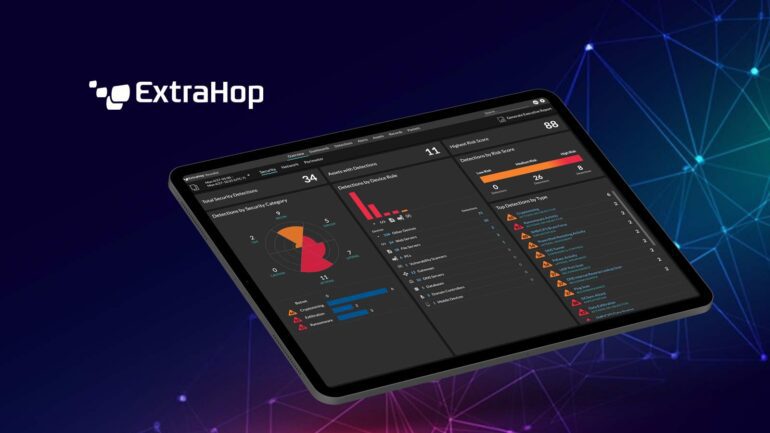TL;DR:
- ExtraHop, a leading NDR provider, has open-sourced a robust 16 million-row dataset to combat algorithm-generated domains (DGAs).
- Cybersecurity skills gap is growing by 26%, and resources are dwindling, making open-source research vital for security teams.
- ExtraHop encourages industry collaboration and has released its DGA detector dataset on GitHub.
- DGAs are a significant threat, but the ExtraHop DGA model boasts over 98% accuracy.
- This initiative empowers security teams, democratizes threat research tools, and enhances cyber defenses.
Main AI News:
In a bold move to fortify cybersecurity defenses across industries, ExtraHop, a pioneer in cloud-native network detection and response (NDR), has officially open-sourced its extensive 16 million-row dataset, touted as one of the most comprehensive resources available. The primary objective behind this initiative is to arm security teams with the tools required to combat the rising threat of domains generated by algorithms (DGAs), ultimately leveling the playing field for defenders.
Amid the backdrop of a burgeoning cybersecurity skills gap, which has seen a staggering 26% increase in the past year, and mounting resource constraints, the cyber landscape is undergoing rapid transformation. As new threats continually emerge, open-source research and datasets are emerging as a beacon of hope, offering solutions to the persistent challenges faced by security teams in their day-to-day operations.
Raja Mukerji, Chief Scientist and Co-Founder of ExtraHop, emphasized the significance of this endeavor, stating, “The challenges we face in security are formidable and dynamic, and, with this initiative, we’re democratizing the tools needed for threat research detection for security teams of all sizes, backgrounds, and industries. Collaboration among the cybersecurity community is invaluable—coming together to share our best work is the only way to remain on the offense and put attackers at a disadvantage. Our research will be a gamechanger for the community, and we encourage other teams to open source their own insights that will similarly benefit the industry at large.“
ExtraHop’s commitment to fostering industry collaboration is exemplified by the release of its DGA detector dataset, comprising over 16 million rows of meticulously curated data, now available on GitHub. This move aims to empower security teams to proactively identify malicious activities within their environments, mitigating potential business disruptions.
DGAs, which serve as a favored tool for threat actors seeking to maintain control within an organization’s network, pose a formidable challenge to detection and mitigation efforts. Originally developed for ExtraHop’s acclaimed NDR platform, Reveal(x), this groundbreaking research is now accessible to security researchers worldwide. By utilizing this dataset, security experts can construct their own machine learning (ML) classifier models, enabling them to swiftly identify DGAs and respond to attacks with unmatched speed and precision. Notably, the ExtraHop DGA model, since its incorporation into Reveal(x), has exhibited an astonishing accuracy rate exceeding 98%.
Todd Kemmerling, Director of Data Science at ExtraHop, emphasized the growing threat posed by DGAs, stating, “Giving threat actors the ability to operate undetected and witnessing an uptick in these types of attacks, DGAs are increasingly considered a major threat to businesses today. As we began developing a model for detecting DGAs, it became apparent there was a lack of public datasets accessible to security teams with a wide-ranging set of resources. With this dataset, we are filling that gap, giving any security team access to the pivotal data needed to detect DGAs swiftly.”
Conclusion:
ExtraHop’s open-source dataset release marks a significant stride in enhancing cybersecurity defense mechanisms. By democratically sharing this valuable resource, ExtraHop is fostering innovation and equipping security teams to proactively combat evolving cyber threats. In an ever-changing cybersecurity landscape, collaborative efforts and knowledge sharing are pivotal for the industry’s resilience and growth.

